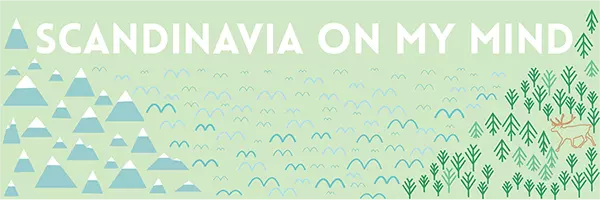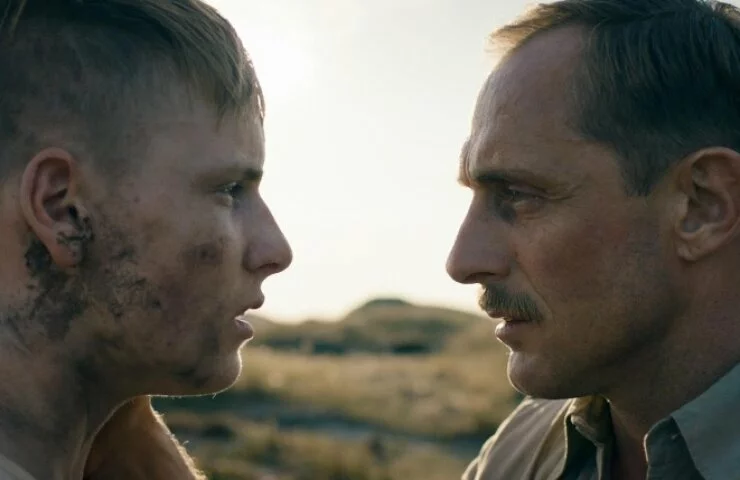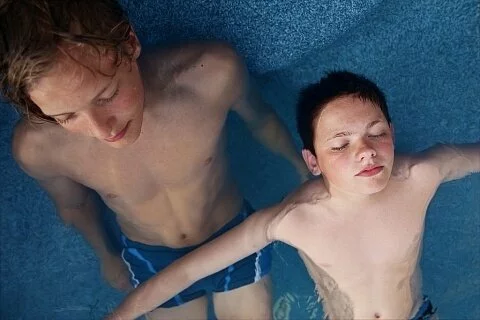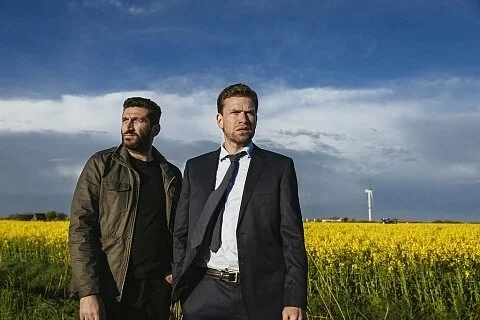Mention the idea of a Scandinavian Film Festival to many Scandinavians and you’re likely to be met with a look of surprise. But to Australians, the idea of getting to see movies from the five Scandinavian countries is nothing if not tantalising.
Next month, the Scandinavian Film Festival once more makes its way around the country. In the lead up, we caught up with Emma Vestrheim, Scandinavian cinema expert and spokesperson for the Volvo Scandinavian Film Festival about what cinema-goers can expect.
Do you believe the Scandinavian Film Festival is growing in popularity?
EV: Yes, absolutely. In the last few years there’s been a huge increase in the popularity surrounding Nordic Noir or Scandinavian crime drama. In Australia, we are lucky enough to have SBS bringing us all the latest crime drama, but they very seldom show new Scandi films. In Australia it’s hard to get access to international cinema overall, so with festivals like the Scandinavian Film Festival we get to see films we’d otherwise miss out on. What’s special about this year’s festival is that the films coming here are very new – for example Parents hasn’t even had a premiere in Denmark, and Welcome to Norway! was just released in March. It’s unusual for Australia to get foreign films to quickly.
Danish film, Parents, makes its premiere in Australia.
What is it about Scandinavian films which resonate with Australian audiences?
EV: Scandinavia is almost literally on the other side of the world from Australia, and Australians have a natural curiosity for the world around them. I think seeing films set on the other side of the world is intriguing for Australian audiences – we see the snow, the cold, and the generally moody atmosphere and see something different from our home. Now what makes it resonate? Well, while they are literally on the other side of the world, the culture is quite similar to ours. Scandinavia is very relaxed, they like to go outdoors, they like to travel, they are very chilled – much like Australia. So seeing a similar culture but in a totally different environment is definitely intriguing.
Also, there is no doubt that Scandinavia is currently the latest trend. We love their architecture, their design, their art and culture, their food – and whenever we hear about progressive countries or places with high standards of living we hear Scandinavian countries associated with that. Scandinavian film is our window to everyday life in one of the coolest places on earth.
Have you seen any reoccurring themes in the films featured at this year’s festival?
EV: There has been a really interesting theme I’ve noticed in the last twelve months of Scandinavian film and television and that’s war dramas. (A War, 9th April, Land of Mine, 1864 – all surprisingly from Denmark) Luckily the festival is just showing one (and in my opinion the best one!) Land of Mine. I’m not entirely sure why Scandinavia is so focused on war dramas – I asked Tobias Lindholm last year and he said it was the fact that a lot of people feel like it’s not being talked about in the media enough.
Scandinavians generally make stories (and this is reflected in Nordic Noir) that are representative of the socio-political world around them. With the films screening at the Scandinavian Film Festival and in fact currently in the Scandinavian film industry there is a very ‘progressive’ theme in Scandinavian films. Scandinavian countries are considered the most progressive and the most developed, and this is seen in film. Welcome to Norway! and The Yard Is about immigration, The Mine is about protecting the environment, A Holy Mess is about accepting homosexual couples, etc. So I’d say that’s perhaps the most apparent theme running through the films.
Welcome to Norway! will screen on the opening night.
How do you see Scandinavian films differing from movies made by other countries?
EV: Scandinavians like to make stories about the world around them – in Scandinavia there is a very strong freedom of speech. If someone makes a film about a current issue it gives that issue a particular voice, and there will often be a debate surrounding that film in the media. As mentioned above with the current topics about main issues we see in the world – immigration, gay rights, the environment etc – Scandinavians put these themes into their films/television shows to provide a certain perspective and to shed light on the issue. But of course, not every film preaches a message – we still have the films that are purely for entertainment!
Scandinavians have a long history in good storytelling – this dates back to the Norse sagas. In film, Scandinavians started making films based on the stories by the great authors. But Scandinavian film as we see it today is the result of two things: the first is Dogme95, the movement started by Thomas Vinterberg and Lars von Trier, where they enforced laws to allow for minimal film-making and greater imagination while sticking to a tight budget. The second is that in the 90s the governments increased their interest in film-making. In Norway, for example, the Norwegian government was eager to assert itself in every field, and invested a large amount of money into the nation’s cultural identity and representation abroad. They established the Norwegian Film Fund (now Norwegian Film Institute) in 2001 and believed in placing emphasis on the importance of a local film industry. So today Scandinavian films are primarily funded through the government who are interested in representing their native culture – though they only ever get small amounts compared to big Hollywood films.
So if you combine these elements together – creative film-making, low budgets and an interest in telling stories that reflect the culture – the end results are what we are seeing in Scandinavian film. Tightly made films that really push for a good story. To compare, in Australia the government is cutting funding to the arts rather than invest in telling Australian stories. Which is sad because Australian culture is just as unique and worth telling as Scandinavian culture. And in the US they are given ridiculously large amounts of money to make films that are generally more focused on making a profit than telling a unique story. So Scandinavian films are different from others because they are interested in telling a good story that represents their culture. They are proud to be Scandinavian!
For the full program and times, visit the Scandinavian Film Festival website.





Leave a Reply